Sail GP Season 2 Tech: QA with Mike Drummond
The first season of the Sail GP was a success in our view, only analyzing Ainslie and INEOS entering the game for season 2 its a good indication and will elevate the level as seen early this year at Sydney. Now all events are postponed or cancelled even the Americas Cup series at Cagliari but looking forward for post pandemic times we contacted one of our main technical references and now part of the Sail GP organization, Mike Drummond.
– You were responsible for many key innovations in the Americas Cup (including Dogzilla’s Wing) , and in October 2019 you were called to lead Design for the F50 innovations towards the second Sail GP series. Which are the innovations or changes from Bermuda AC50s for the new F50s Season 2?
Mike Drummond: The biggest change for Season 2 are the new F50 Wings.
Wing 2 has similar aerofoil shape but a little thicker. This reduces the structural weight and increases the maximum lift coefficient by a small amount, which helps in acceleration and light winds.
The All Purpose wing has 24m span split into 3 sections. The bottom section is 7m and 11m top section. In the middle is a 5.7m parallel section. If this section is removed it becomes the Heavy Air Wing at 18m span. It remains to be tested, but I expect the HAW can be used down to 15kn and up to 30kn windspeed.
For light airs, we have a plan to add another parallel section to achieve 29.4m. This hasn’t been built yet but is expected to allow the F50 to race down to 3kn of wind.
The control system has changed to using hydraulic rams with electronic controllers. The rams are double-acting and have feedback such that they will maintain their position accurately. There are 5 control stations up the wing and when sections are removed or added their cabling and hydraulic tubing has quick connect fittings.
The twist control is powered so in very light winds we can race the boat with 3 crew. In practice, some have done fully dry laps with 3 crew.
– With the AC75 going for soft sails and seemingly achieving excellent speeds, the F50 Wing remains as top speed & performer oriented vs logistics and on the water reefing options a la GC32? A soft sail setup was not on the table for the F50s?
MD: Soft sails weren’t seriously considered for a few reasons.
A 2-element wing can operate through a much larger lift and drag range which really extends the lighter air sailing and improves accelerations. With a wing the twist is controlled directly, whereas with soft sails it is mostly implicit control via sheet tension and shape. The AC75s have added some mechanisms to control twist of the soft sails which is interesting, although their photos don’t show much twist anyway. Twist control is very important in a yacht with constant righting moment.
Wings are solid structures and maintain their shape so there is no variation across the fleet, and the performance is constant over the seasons.
Because the aero loads are reacted in bending and torsion of the wing structure, the trimming loads are about 1/10 of the sheet load for a soft sail. The ability to trim quickly with modest loads helps a lot with handling on small courses.
– Which is the room the Teams have now for any customization if any on their equipment / settings?
MD: The teams can’t custom design anything. This would lead to costs ballooning.
For settings, the biggest variations are in wing trim. The new control system allows finer control and non-linear twist can be specified. It leaves quite a lot of subtlety in wing trim and overall boat stability in the hands of the athletes.
– Foils are OD , there is only one set, or there is a high wind set available?
MD: 2 sets of foils with a crossover at about 14kn of wind. 10% more area in the low speed set.
Speed for onset of cavitation are 42kn and 47kn
2 sets of rudder elevators 10% more span and 25% more area in the low speed.
– With Sail tech going the Automated flight way (see TF35) , which are the presets or automatic flight features now the F50 have?
MD: The F50 is sailed manually by the athletes. Except in a few areas:
– The elevator angles swap automatically when the foil is dropped
– The wing automatically tacks to the mirror image when the trimmer commands it
– The foil rake is controlled while being dropped to avoid overloading it structurally
– With all these new innovations, the learning curve has been reduced? We are seeing new teams like the Danish having to adapt in so little time to race
MD: Both Spain and Denmark got up to speed very very quickly. I think it’s due to the Tech team schedule and use of Artemis simulator .
– Which are the further projected equipment mods if any?
MD: Light Air wing section is likely to get 29m span.
Some safety improvements are planned.
Cockpit modifications to improve drainage and a few changes to help with logistics.
Control system modifications to help with high wind sailing stability; wing control; capsize prevention
– If you are handed a blank sheet to design the fastest course racing platform, would you change the size or platform of the F50?
MD: My view is 50’ is about right. Smaller size would reduce crew numbers and put pressure on having more automated sailing, which I’m not a fan of.
Larger becomes more unwieldy for rig height, containerization, for not much gain in speed
Which is the theoretical speed threshold , as the Sails GP is slowly reaching (long haul yet but
growing) to Paul Larsen Rocket speed record.
MD: When the F50s pass through 47kn speed the water around the foil drops it’s pressure low enough that the water turns to gas . The drag rises rapidly and the lift drops so it is difficult to maintain higher speeds for long periods.
To increase this speed requires thinner foils to delay cavitation. Structurally the load is the same so the foils would have to be more sophisticated laminate or even high strength steel, and wider chord. These changes would degrade their performance in light winds.
Foils that morph from normal aerofoil shapes to cavitating shapes would be great, but I can’t see an easy design and testing path yet.
– The speed and specially the maneuvers and handling of the AC50 / F50s are impressive, the G Forces involved for the sailors must be huge. How do you see the AC75 being able to replicate or match the F50s combined performance, handling and versatility in the entire wind range?
MD: Their handling will be top class – they have plenty of crew and will be throwing the boats around perfectly by the time they race.
– Having INEOS & Ainslie joining the Series is a huge drive for the Sail GP series, which is the goal long term for Series?
MD: The long term goals are the age-old ones: to attract more fans and interest, more teams and more venues. Imagine 10 boats…
Having closer racing, better broadcasts, and continual improvement will be the way to attract fans, and that will lead to a teams that are self-sustaining.
–Ends–
Copyright Catsailingnews.com





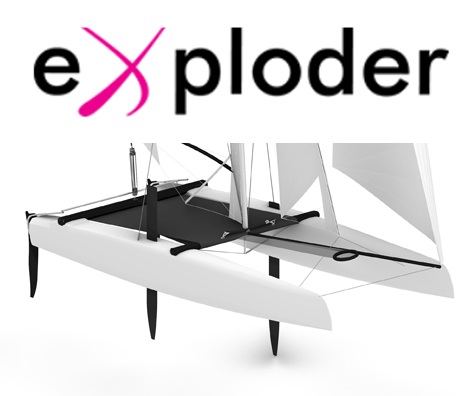
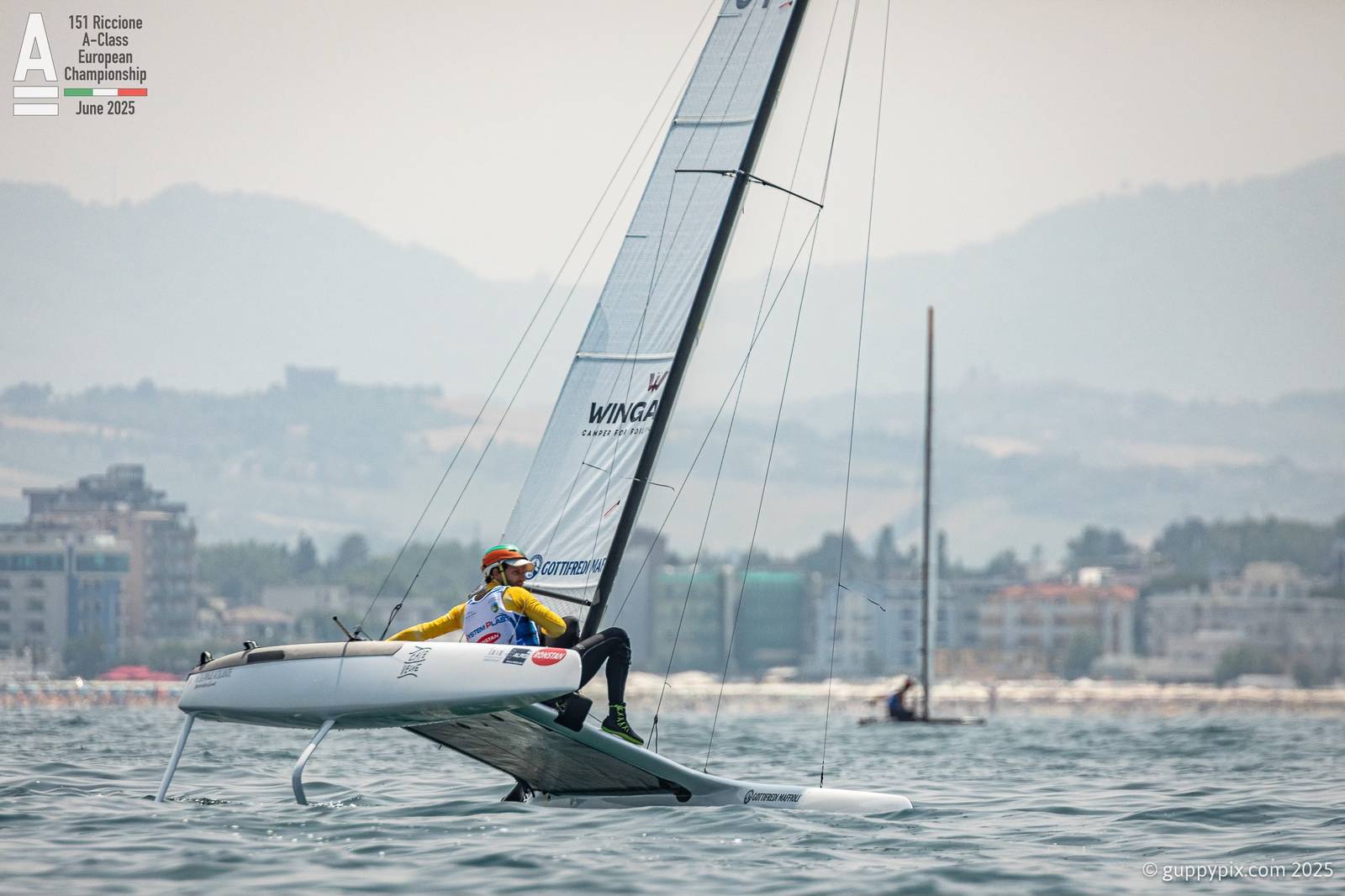
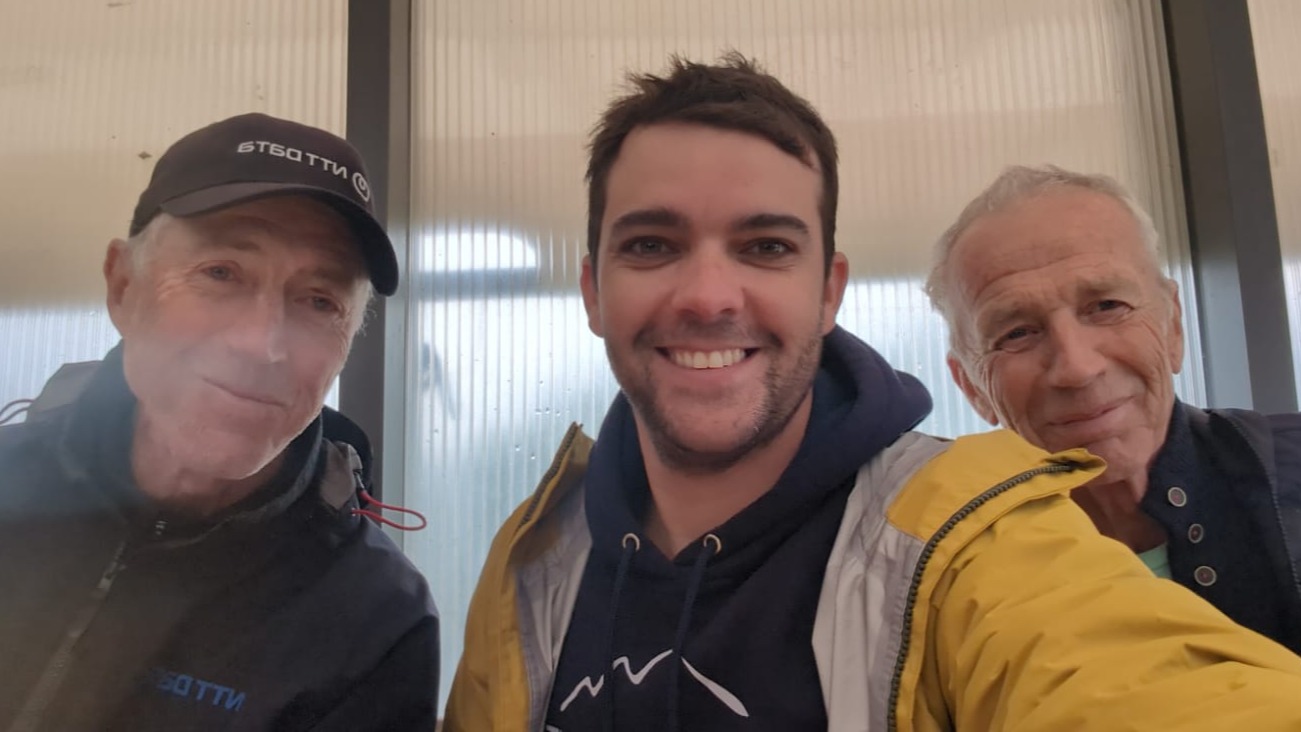
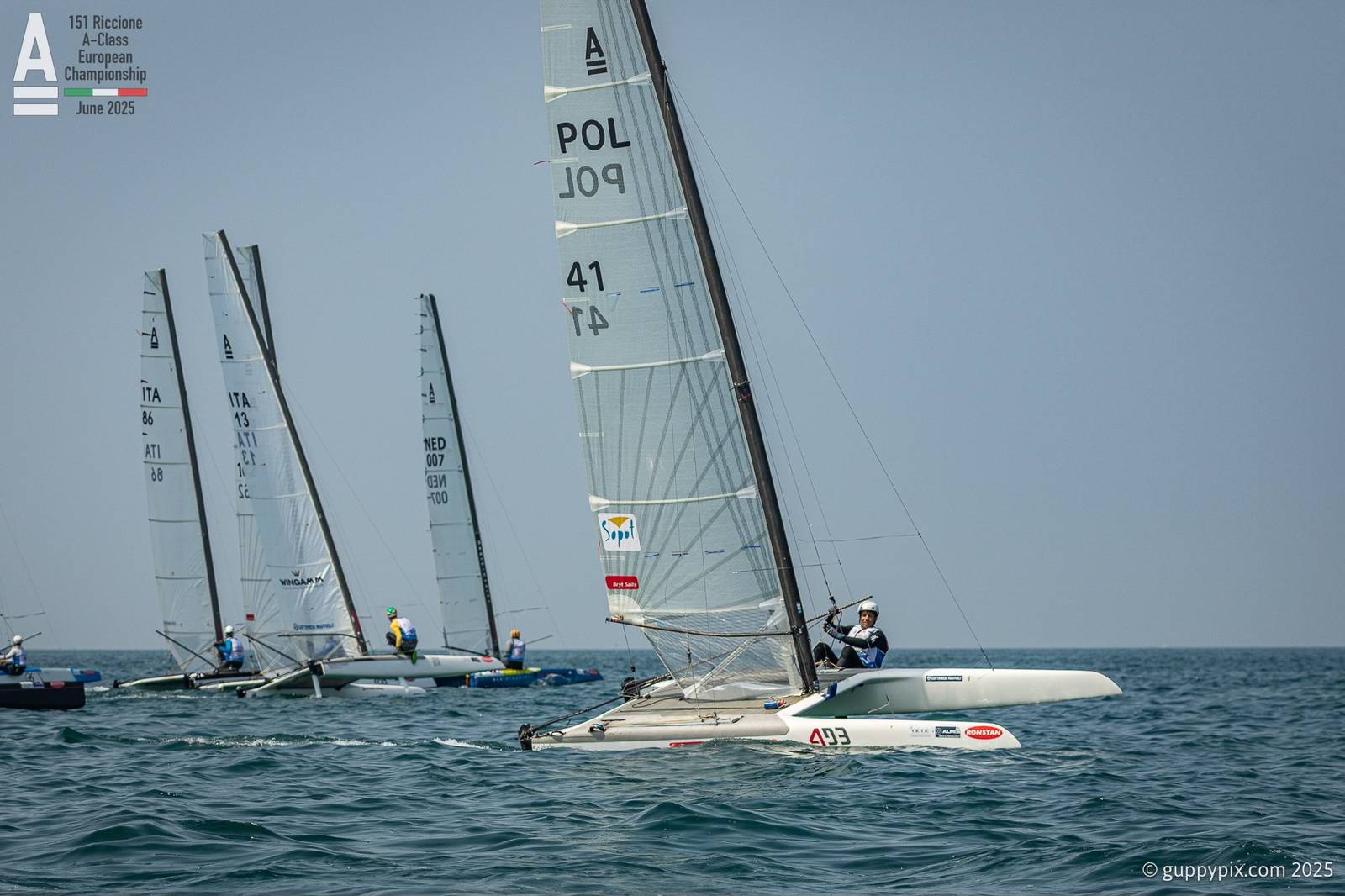
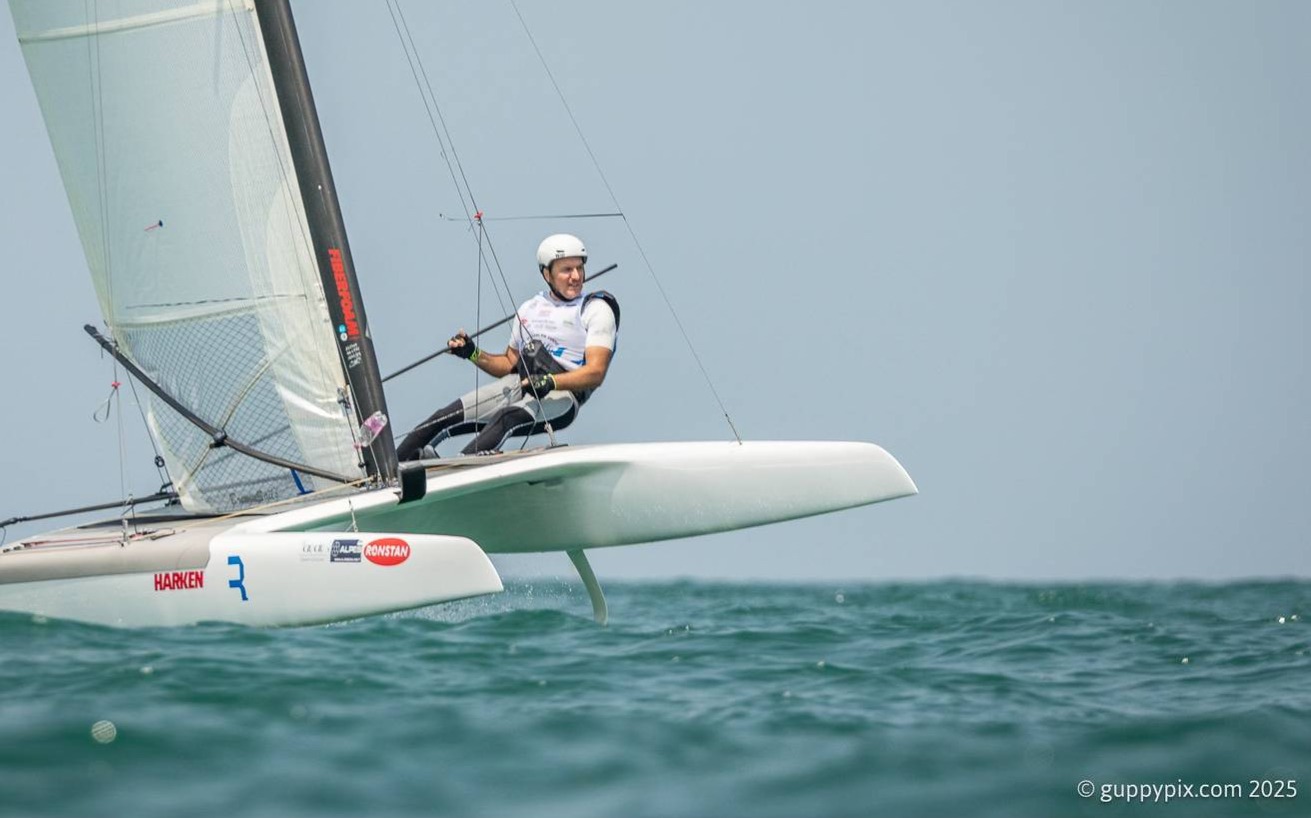
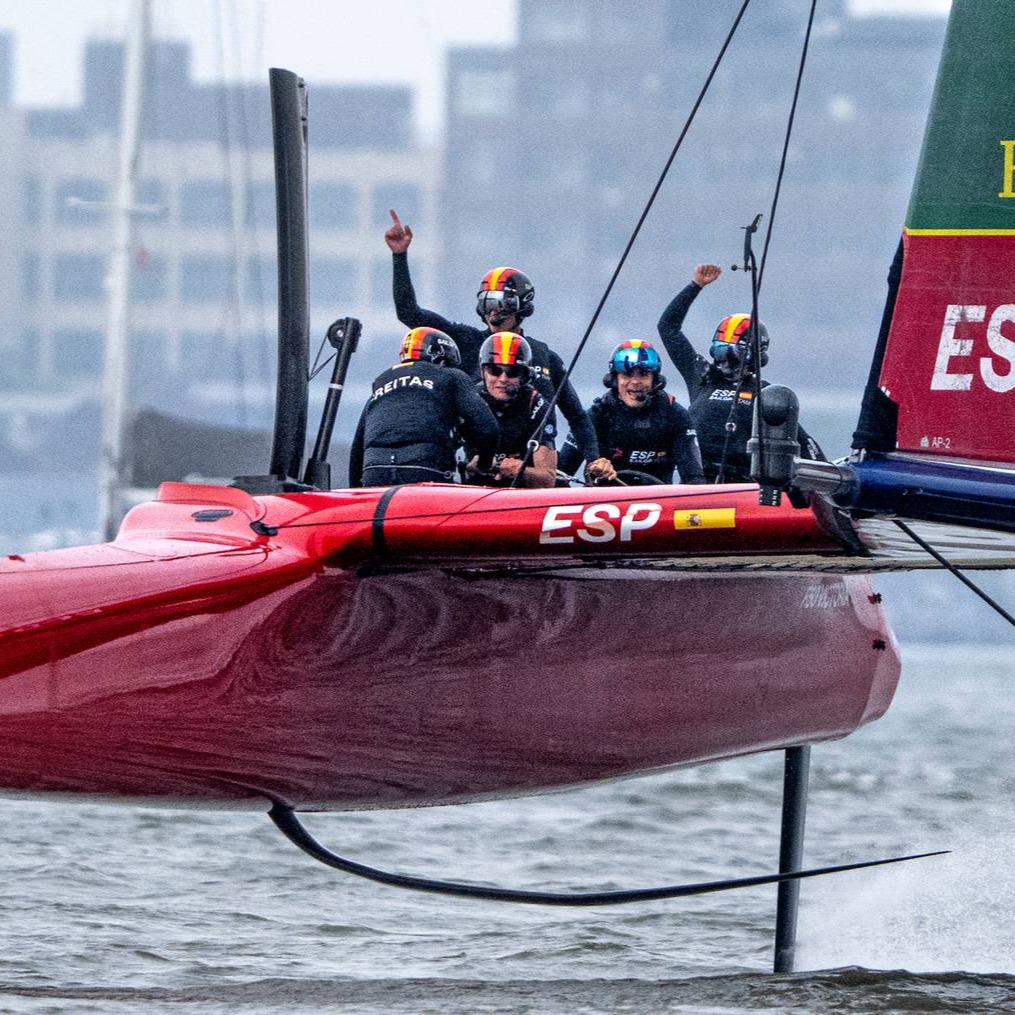
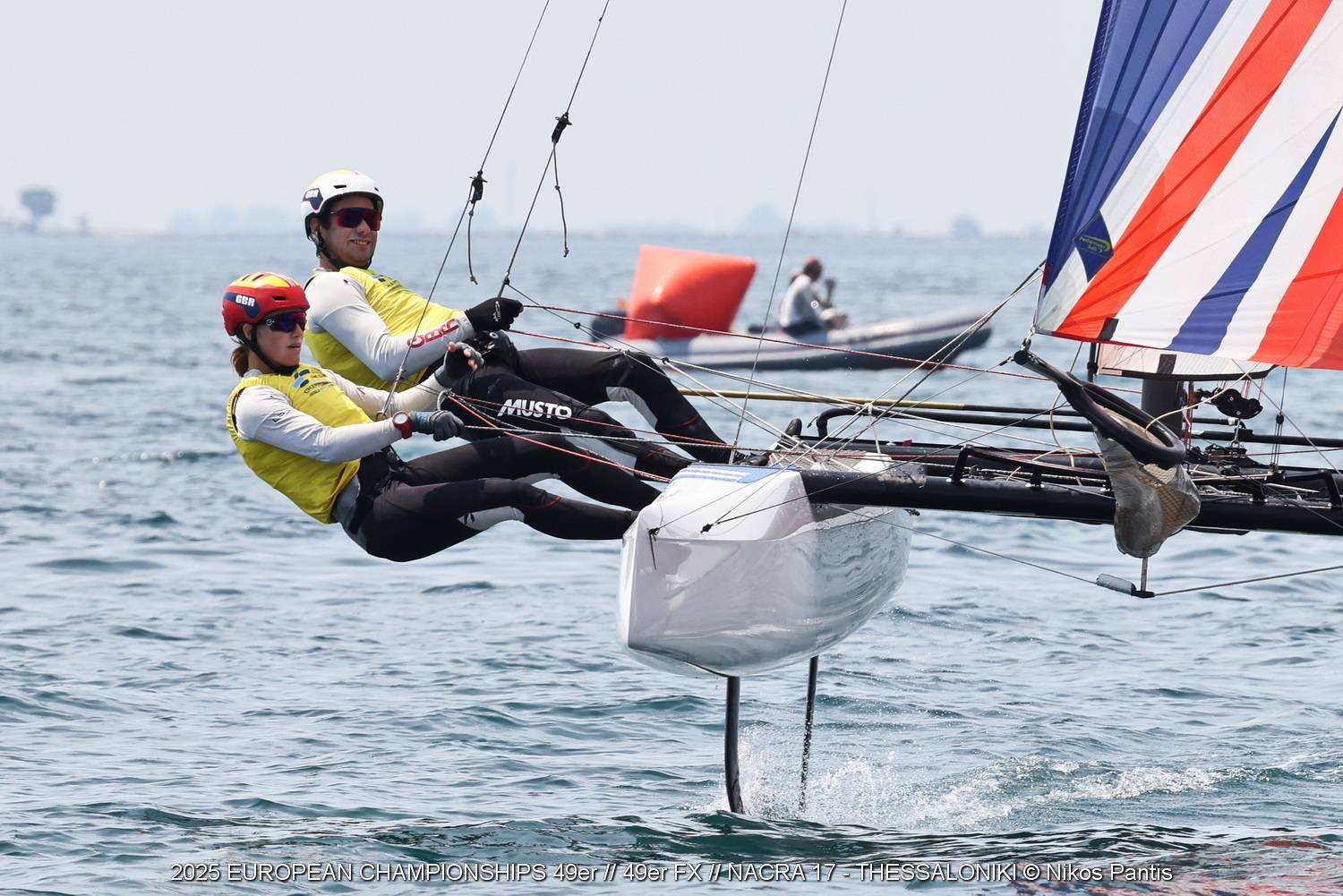
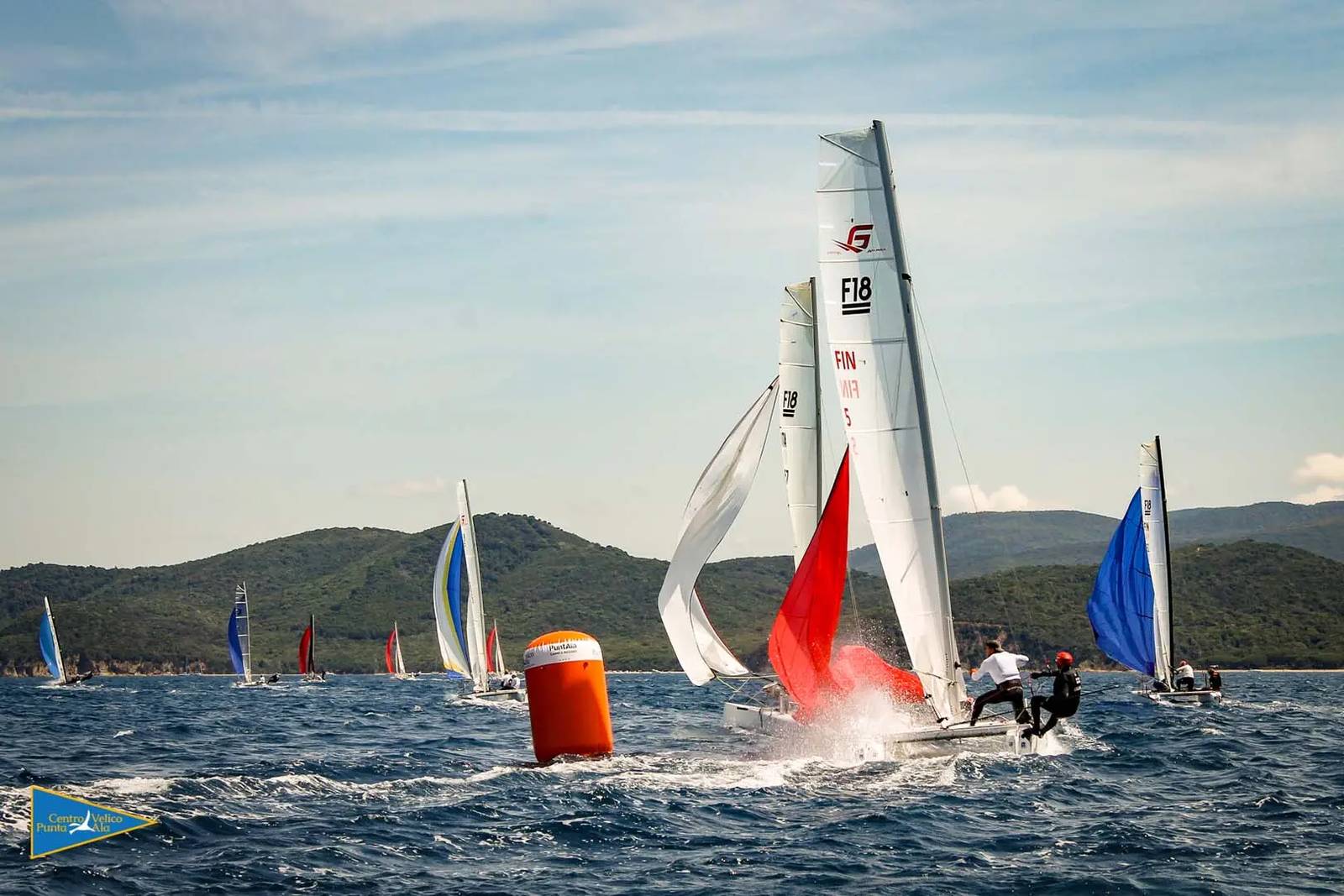
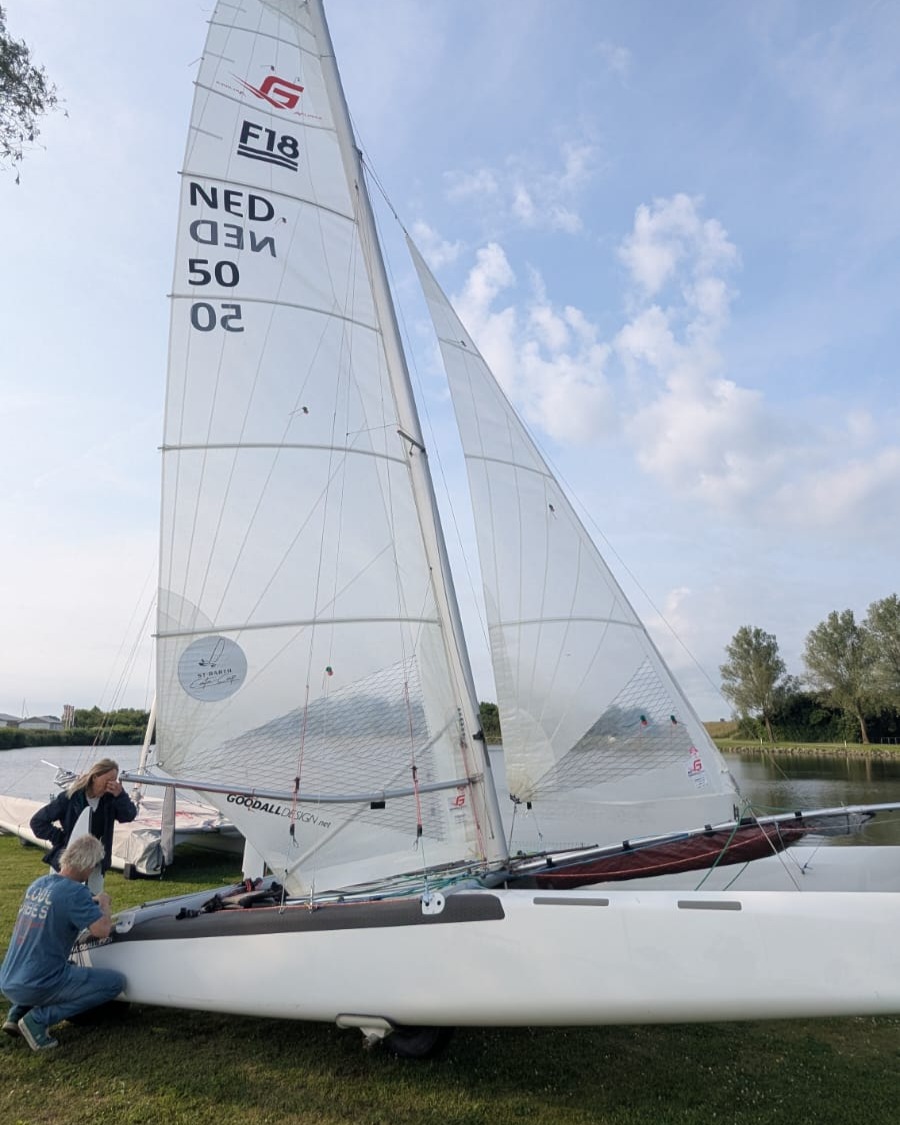
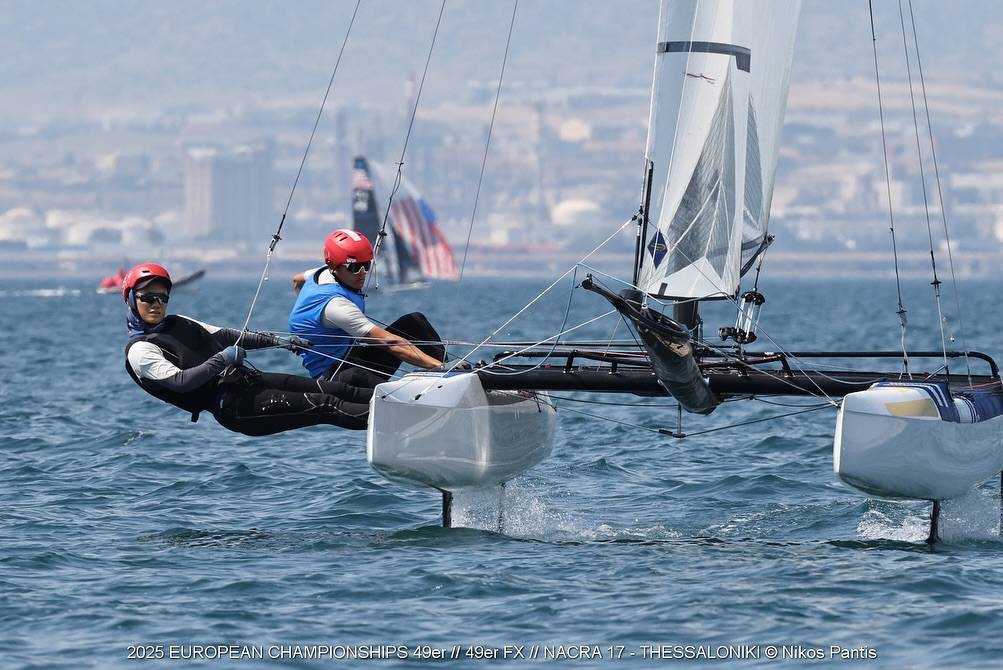



















Teo di Battista , 3° of Classic using Exploder Ad3 2016 version instead Scheurer .
I just heard that my great sailing friend and former CEO of Hobiecat Europe has passed. May The endless oceans…
...Report was sent by an F18 Sailor, if you want Hobies reported send your own, we'll publish as usual. Cheers.
Looks like in your report the Hobies are not really present. Suggest to rewrite the article.
Thanks for the great report Wik. Great battle.